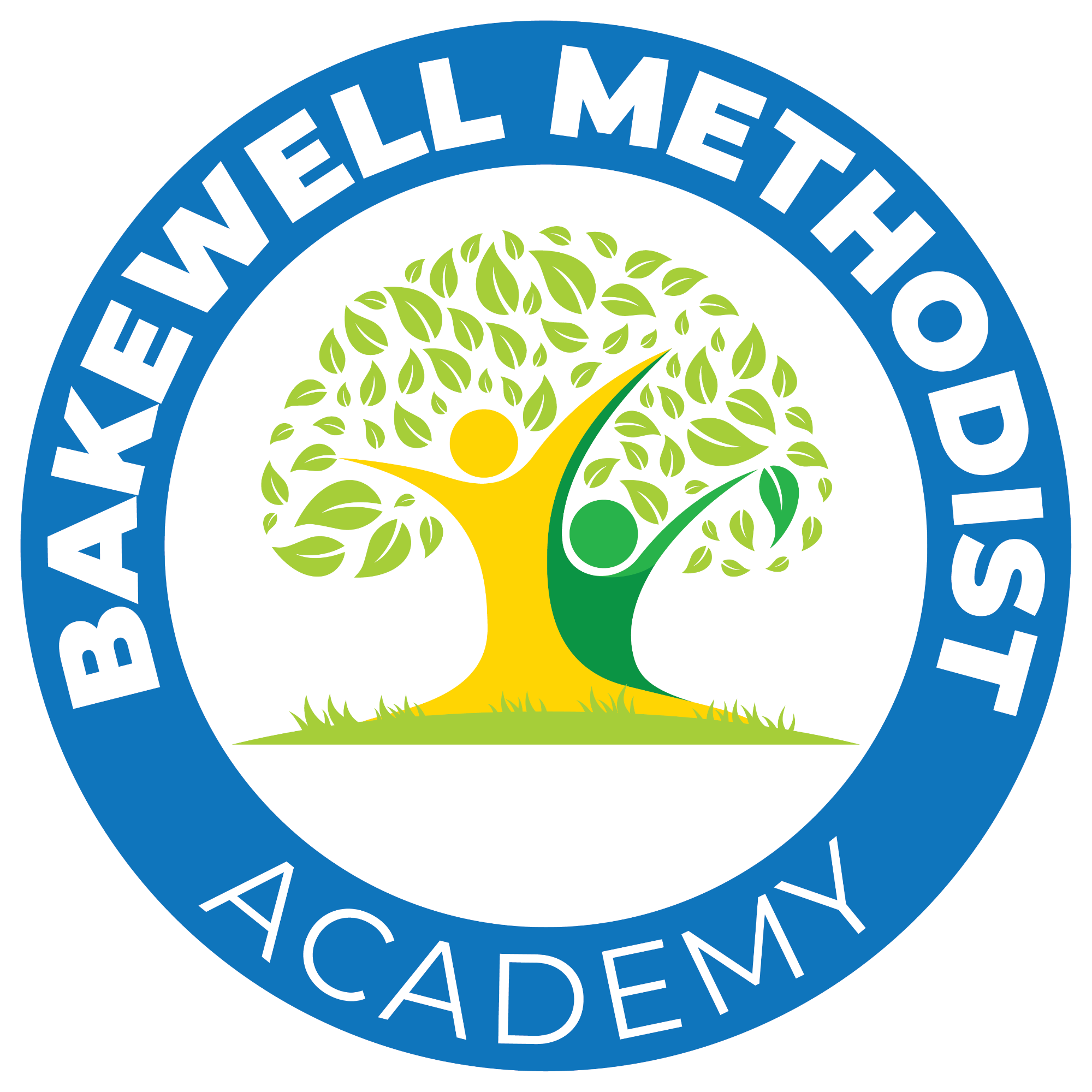Design and Technology
Intent
At BMJS, Design and Technology (DT) is an inspiring, rigorous and practical subject. Using creativity and imagination, pupils design and make products with the user in mind, motivated by the service a product will offer. They solve relevant problems within a variety of contexts by investigating, designing, making and evaluating products. They acquire a broad range of subject knowledge and make links with disciplines such as mathematics, science, engineering, computing and art. Through the evaluation of past and present design and technology, they develop a critical understanding of its impact on daily life and the wider world. High-quality design and technology education makes an essential contribution to the creativity, culture, wealth and well-being of society.
The national curriculum for Design and Technology aims to
- develop the creative, technical and practical expertise needed to perform everyday tasks confidently and to participate successfully in an increasingly technological world
- build and apply a repertoire of knowledge, understanding and skills in order to design and make high-quality prototypes and products for a wide range of users
- critique, evaluate and test their ideas and products and the work of others
- understand and apply the principles of nutrition and learn how to cook.
Implementation
The teaching and implementation of the Design and Technology Curriculum at Bakewell Methodist Junior School, is based on the National Curriculum, ensuring a clear, comprehensive and well-structured approach. The 4 year long term overview ensures coverage of the key practical techniques in both lower and upper key stage 2. In each unit they will take inspiration from design throughout history, and develop the process of design thinking through designing, making, evaluating and improving.
The children are taught DT in discrete lessons that build on previous learning. There are cross curricular links to topics where appropriate to maximise learning potential and allow children to make links between different areas of their learning.
